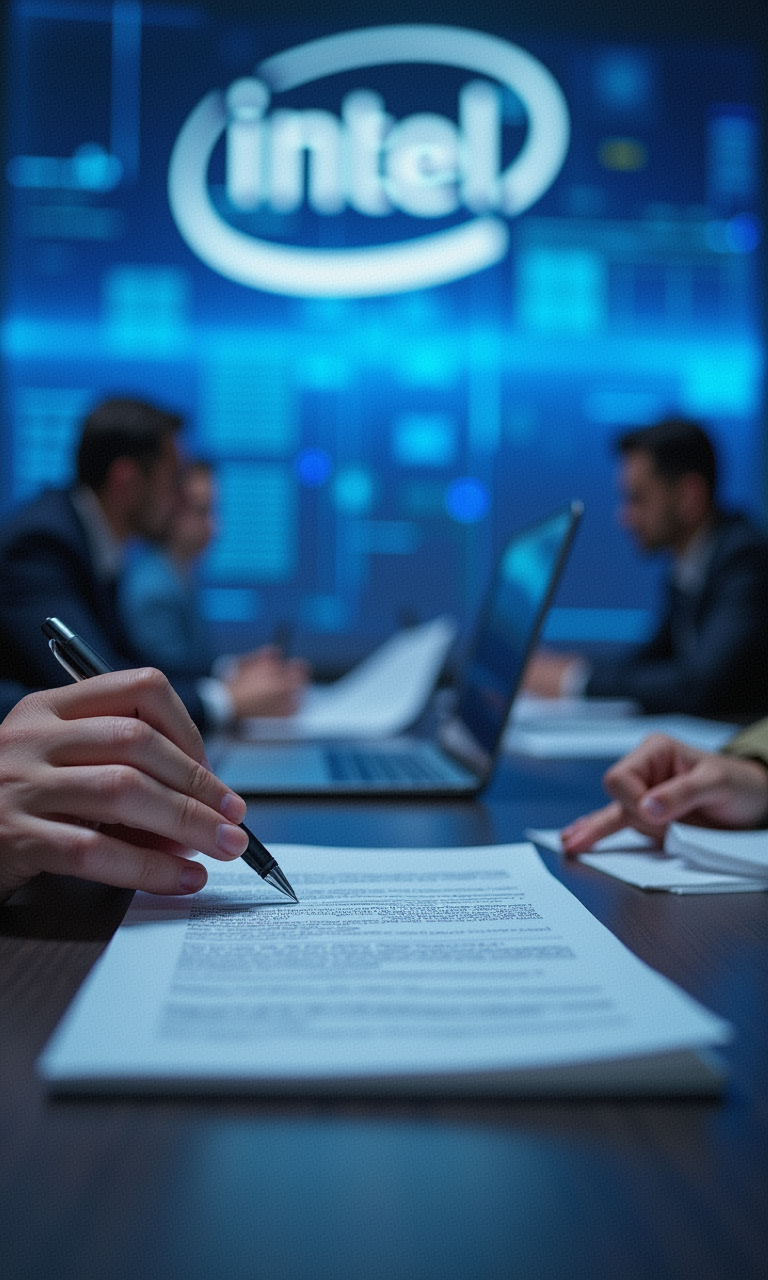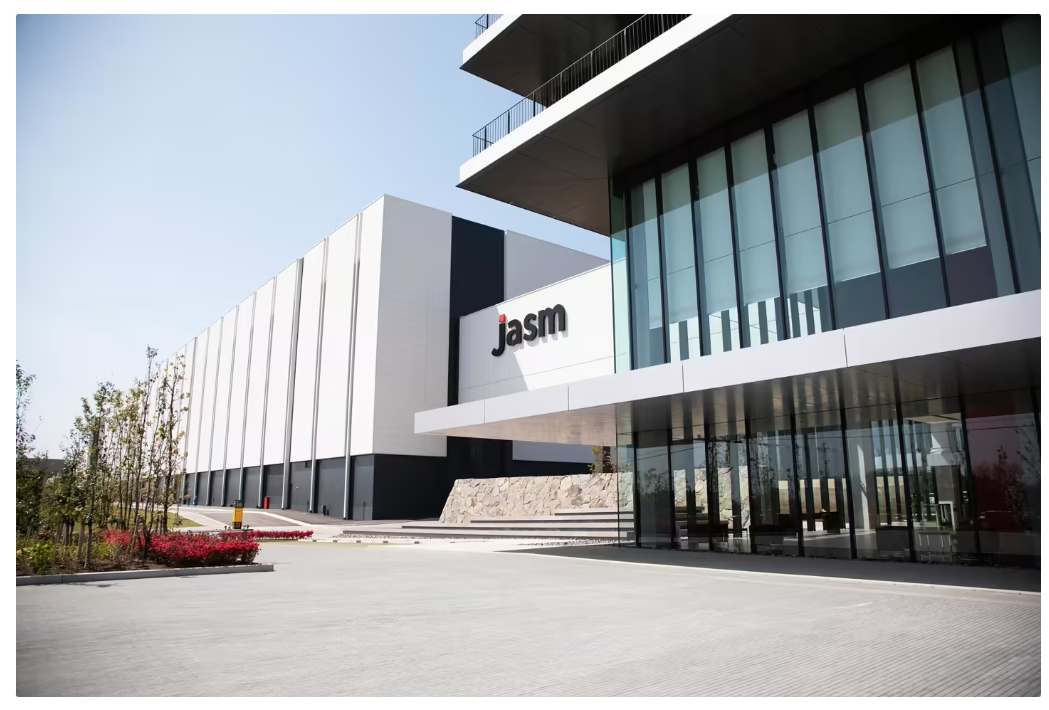发布时间:2011-07-23 阅读量:1587 来源: 我爱方案网 作者:
中心议题:
*电池管理系统行业的核心技术
其实可以从一些文章中(附文)看出一些端倪,包括我现在除了Review现有的一些成果外有一些成果以外,想要获取电池单体的初始参数和使用后参数,非常困难,而电池管理牵涉的问题就是它是建立在电池单体和电池包的基础上,根据能量存储单元的系统要求,逐步深化的。
目前现有的汽车动力锂电池BMS芯片供应商ADI,Ateml,Intersil,MAXIM,Linear,O2,TI等,提供的方案相对而言,也处在探索阶段(Infenion没有ASIC的方案,是基于MCU来实现的)。这也应证了想从底层往上层走,始终缺乏了一些系统性的考虑。
反观国外的研究上面,是比较深入的,不过也是活跃于高校,因此这块想要做产品既有机遇也有风险。其实一直有个计划在这块展开一些活动,也和EDN的编辑探讨过可行性,有兴趣的xdjm们可以和我联系一下,把这块内容形成一个可探讨的内容,可以让更多的人参与和推动。
有趣的产品图片:
部分均衡的参考文献列表:
A Battery Management Unit
A Comparison of Active and Passive Cell Balancing Techniques for SeriesParallel Battery Packs
A FAILURE ACCOMMODATING BATTERY MANAGEMENT SYSTEM WITH INDIVIDUAL CELL EQUALIZERS AND STATE OF CHARGE OBSERVERS
Achieving cell balancing for lithium-ion batteries
Active Cell Balancing increases effective battery capacity and reduces capacity variance
AN INTELLIGENT ONE HOUR MULTICHARGER
ATMEL_Active Cell Balancing Methods for Li-Ion Battery Management ICs using the ATA6870
Battery Diagnostics and Cell Balancing for Lithium-Ion Batteries
Battery Equalization Using Bi-directional Cûk Converters in DCVM Operation
Battery Management System
Benefits of Cell Balancing in BLUESHAPE Li-Ion battery packs
Cell Balance Board User's Guide
Cell balancing and cell variations in large capacity Liion cells
Cell balancing and cell variations in large capacity Liion
Charging and Discharging Method of Lead Acid Batteries Based on Internal Voltage Control
Control and management strategies for the delphi high power lithium battery
CYPRESS_Power Management - Cell Balancing in a Multi-Cell Li-IonLi-Pol Battery Charger
Fuzzy Controlled Lithium-Ion Battery Equalization
IEEE_A Cost Optimized Battery Management System with Active Cell Balancing for Lithium Ion Battery Stacks
IEEE_A modular nondissipative current diverter for EV battery charge equalization
IEEE_A Targeted Equalizer for Lithium Ion Battery Packs
IEEE_A Voltage Equalizer Applying a Charge Pump for Energy Storage Systems
IEEE_An Energy Converter Method for Battery Cell Balancing
IEEE_Analysis and Evaluation of Charge-Balancing Circuits on Performance, Reliability, and Lifetime of Supercapacitor Systems
IEEE_Battery Balancing Methods A Comprehensive Review
IEEE_Battery Choice and Management for New-Generation Electric Vehicles
IEEE_Battery Management for Maximum Performance in Plug-In Electric and Hybrid Vehicles
IEEE_Cell balancing considerations for lithium-ion battery systems
IEEE_Charge Equalization with Series Coupling of Multiple Primary Windings for Hybrid Electric Vehicle Li-Ion Battery System
IEEE_Comparison and Evaluation of Charge Equalization Technique for Series ConnectedBatteries
IEEE_Designing a New Generalized Battery Management System
IEEE_Dynamic equalization techniques for series battery stacks
IEEE_Electrical Properties and Equalization of Lithium-Ion Cells in Automotive Applications
IEEE_Energy Storage Systems for Automotive Applications
IEEE_Intelligent Control Battery Equalization for Series Connected Lithium-Ion Battery Strings
IEEE_Lithium Ion Battery Automotive Applications and Requirements
IEEE_Parallel Operation of Battery Power Modules
IEEE_Quasi-Resonant Zero-Current-Switching Bidirectional Converter for Battery Equalization Applications
IEEE_Screening Process of Li-Ion Series Battery Pack for Improved VoltageSOC Balancing
IEEE_Significance of Battery Cell Equalization and Monitoring for Practical Commercialization of Plug-In Hybrid Electric Vehicles
IEEE_Switched Capacitor System for Automatic Series Battery Equalization
IEEE_Two-Stage Cell Balancing Scheme for Hybrid Electric Vehicle Lithium-Ion Battery Strings
Intersil_Using Cell Balancing to Maximize the Capacity of Multi-cell Li-Ion Battery Packs
Managing A123 Cells with FMA Cell Balancing Technologies
Maxwell_Cell Balancing in Low Duty Cycle Applications
MICROCHIP_Cell Balancing Design Guidelines
Providing active cell balancing in battery design
Robust Broadcast-Communication Control of Electric Vehicle Charging
SAE_A Battery Electronics Unit (BEU)for Balancing Lithium-Ion Batteries
SAE_A High Frequency Electronic Equalizer for EV and HEV Batteries
SAE_A Modular Battery Management System for HEVs
SAE_A Review of Cell Equalization Methods for Lithium Ion and Lithium Polymer Battery Systems
SAE_Advances in HEV Battery Management Systems
SAE_An Investigation of Cell Balancing and Equalization for Lithium-Ion Battery Packs
SAE_Battery Charge Equalization–State of the Art and Future Trends
SAE_Battery Monitoring with the Intelligent Battery Sensor During Service, Standby and Production
SAE_Cell Balancing Algorithm Verification through a Simulation Model for Lithium Ion Energy Storage Systems
SAE_Cell Equalization of Lithium Ion Cells
SAE_Lithium-ion Battery Management Integrating Active Load Balancing
SAE_Low Temperature Performance Evaluation of Battery Management Technologies
SAE_Research on Low Power Consumption of Battery Management System for Hybrid Electric Vehicle
SAE_Total Battery Management System for Aviation Batteries
The application of flyback DCDC converter in Li-ion batteries active balancing
The Benefits of Cell Balancing
TI_Analog Applications
TI_Battery Cell Balancing What to Balance and How
TI_Fast Cell Balancing Using External MOSFET
附文(作者于丹)
记者曾经在采访一位新能源汽车的大力倡导者时遭遇这样的尴尬——面对记者的提问,该人士反问:“什么是电池管理系统?”新能源汽车电池管理系统行业相对冷门,了解的人不多,专业人才更少,或许也是这一行业的尴尬。
我国电池管理系统研发呈现出高校主导的局面。随着新能源汽车的不断升温,越来越多的企业已经认识到电池管理系统在新能源汽车产业化过程中的重要作用,看到其背后蕴藏的巨大商机而渴望掘金;但另一方面,电池管理系统行业在整个汽车业相对冷门,虽然“十五”国家863计划电动汽车重大专项、“十一五”国家863计划节能与新能源汽车重大专项的实施,为我国汽车工业培养了一批懂得汽车电控技术、电池及其管理系统技术、电机及其控制系统技术等新能源汽车核心技术所需的高端人才,但是因为汽车产业上下游联动效应较弱,使得该行业人才流失较为严重,很多专业技术人才被迫转行,而有着巨大人才需求的企业却找不到这类人才。
电池管理系统行业作为一个新兴的、多学科交叉的行业,对从业人员提出了较高的要求。“电池管理系统行业的研发人员知识面要广,不仅要熟悉动力电池的基本原理及其特性,同时还应对电动汽车的相关技术有所了解,还需具有电子技术、计算机技术、自动控制技术、传感技术以及相关的软硬件设计等方面的知识和经验。” 北京航空航天大学机械学院材料加工与控制工程系主任齐铂金表示。
“仅仅懂得电池管理系统的硬件设计技术和软件设计技术还远远不够。”清华大学汽车工程系党委副书记林成涛表示,成为电池管理系统行业的核心技术人员,必须在具备软硬件设计技术的基础上全面掌握电池的工作特性,同时深入了解整车对电池管理系统的要求。在产业化方面,还需要掌握规模化生产条件下降低产品成本的技能。
“电池管理系统的研发过程体现了行业的知识密集型特点,对人才和技术的复合性要求较高。”天相投资顾问汽车分析师李孟海表示,电池管理系统行业的技术需求主要是信息技术,而复合型人才是电池管理系统行业人才需求的最重要特征。
采访中业内人士一致认为,新能源汽车的真正发展首先需要将大量的研发资金投入到发动机电控系统、混合动力整车控制系统、电池管理系统和电动机控制系统的发展上来。电池系统是制约我国新能源汽车产业化的关键瓶颈,而培养大批复合型人才,是破解这一瓶颈,实现新能源汽车大发展的关键。

近日,日产汽车和总部位于英国的自动驾驶初创公司Wayve签署协议,合作开发基于人工智能的驾驶辅助系统。

京东开启招聘存算一体芯片设计工程师计划,薪酬高达“40K-100K*20薪”

日本芯片制造商铠侠(Kioxia)计划于2026年在其岩手县晶圆厂开始生产新一代NAND闪存芯片。

一系列诉讼指控芯片制造商英特尔、AMD及德州仪器公司,未能有效阻止其技术被用于俄罗斯制造的武器。

台积电日本子公司JASM熊本第二晶圆厂在 10 月下旬启动后近期处于暂停状态,重型设备已撤出工地